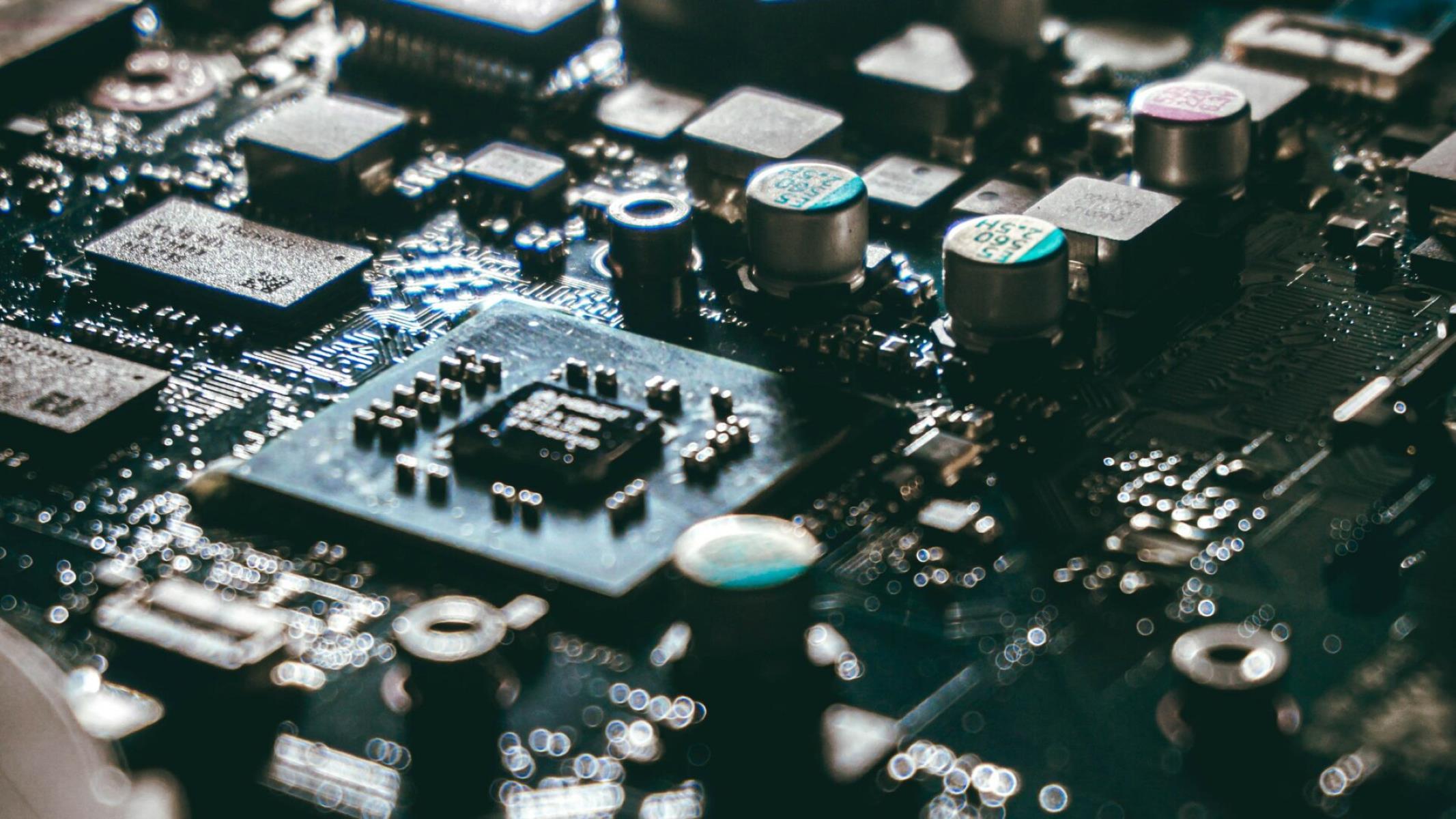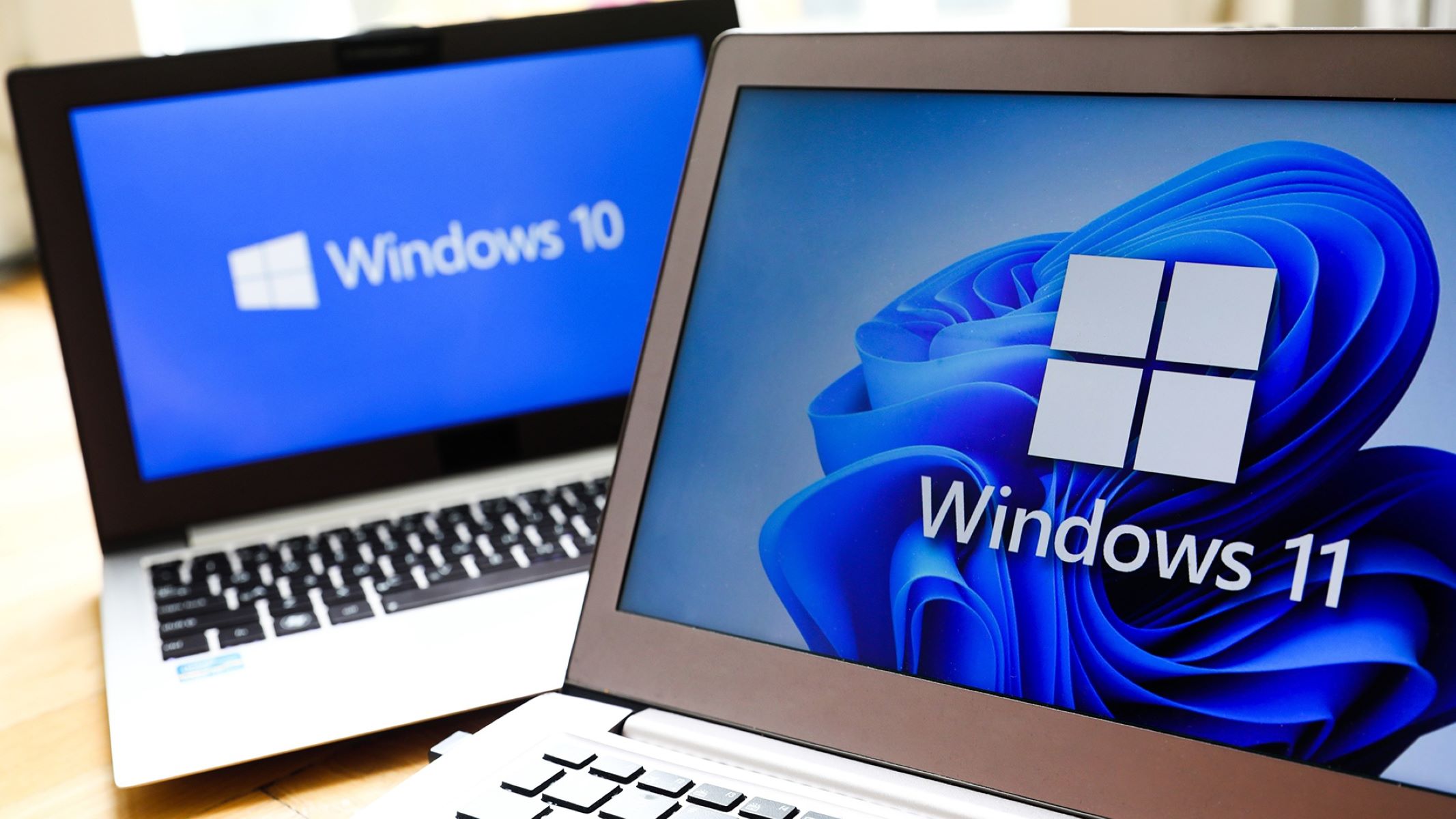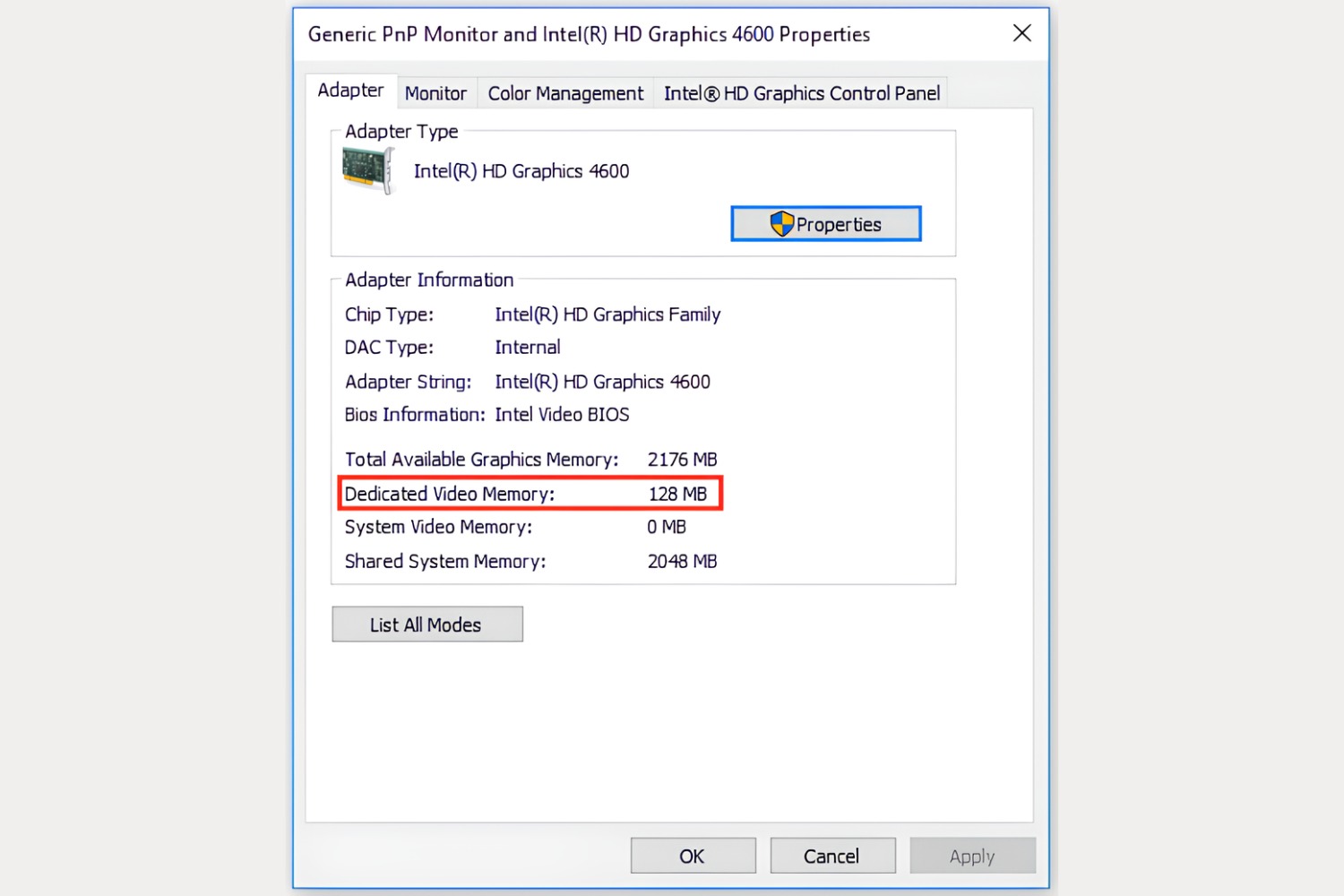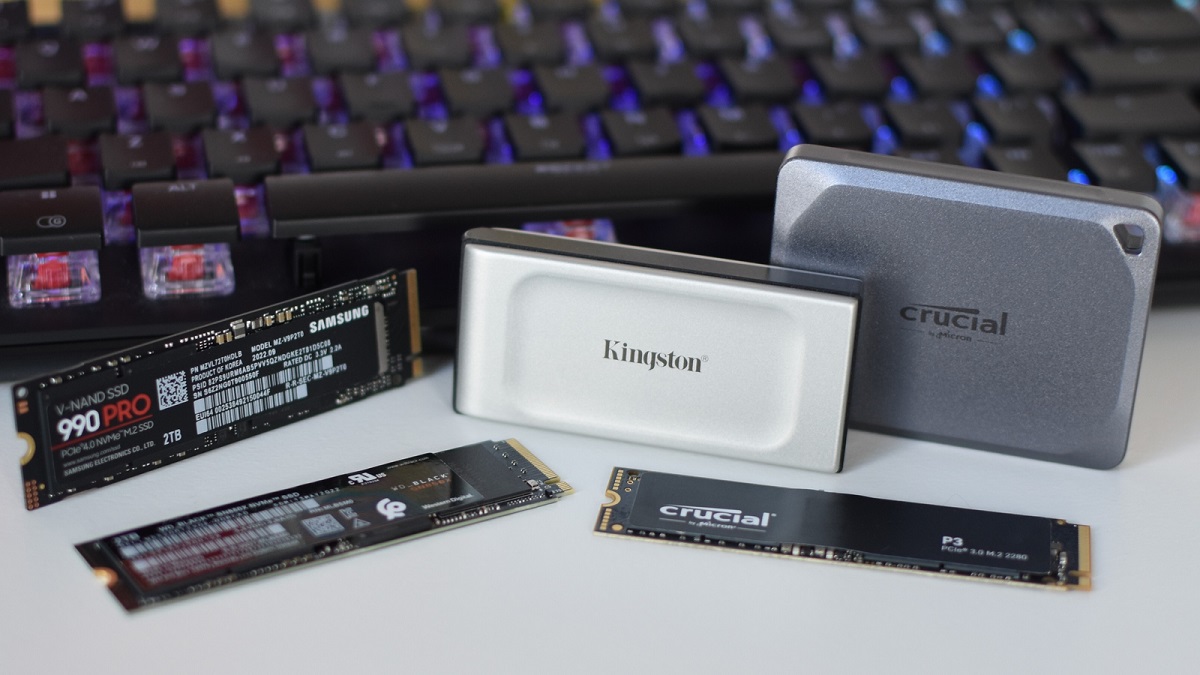Introduction
When it comes to managing your computer’s hardware settings and configurations, accessing the BIOS (Basic Input/Output System) is paramount. The BIOS is a firmware program that is built into your computer’s motherboard and acts as the bridge between the hardware and operating system. It controls various hardware settings, such as booting options, memory timings, and CPU settings.
In this article, we will explore different methods to open the BIOS on a Windows 10 system. Whether you need to change the boot priority, enable or disable certain hardware components, or update your BIOS firmware, accessing the BIOS is the first step. Familiarizing yourself with the different methods of accessing the BIOS will give you more flexibility and control over your system’s hardware.
It’s important to note that the BIOS setup utility may vary across different computer manufacturers and motherboard models. However, the methods mentioned here are commonly used and should work for most Windows 10 systems.
So, if you’re ready to dive into the world of BIOS settings and unleash the true potential of your computer, let’s explore the different methods you can use to access the BIOS on your Windows 10 system.
Why do you need to access BIOS in Windows 10?
Accessing the BIOS in Windows 10 can be essential when it comes to troubleshooting hardware issues, configuring advanced settings, or updating the BIOS firmware. Here are some key reasons why you might need to access the BIOS:
- Troubleshooting: When encountering hardware issues like booting problems, system instability, or unrecognized hardware, accessing the BIOS can help diagnose and resolve the problem. By checking and modifying settings related to boot devices, memory, and hardware components, you may be able to identify and fix the issue.
- Setting Boot Priority: The BIOS allows you to configure the boot order of devices, such as hard drives, solid-state drives, optical drives, or USB drives. With access to the BIOS, you can prioritize the boot device to ensure your system starts from the desired drive.
- Enabling/Disabling Hardware Components: Sometimes, you may need to enable or disable specific hardware components, such as network adapters, USB ports, or audio devices. By accessing the BIOS, you can control these settings and make adjustments as needed.
- Overclocking and Tuning: If you’re an advanced user or computer enthusiast, you might want to push your hardware to its limits. The BIOS provides options to overclock your CPU, RAM, and GPU, allowing you to achieve higher performance levels. However, be cautious when making changes in this area, as improper settings can lead to instability or hardware damage.
- Updating BIOS Firmware: Manufacturers periodically release BIOS updates to enhance compatibility, improve system stability, and introduce new features. Updating the BIOS firmware can resolve known issues and ensure your system is up to date. Accessing the BIOS is necessary to initiate the firmware update process.
Having the ability to access the BIOS in Windows 10 gives you greater control over your computer’s hardware and allows you to customize and optimize your system to meet your specific needs. Whether you’re troubleshooting, fine-tuning, or updating, accessing the BIOS is an essential skill that every Windows 10 user should have in their arsenal.
Method 1: Using the Advanced Startup Options
One of the easiest ways to access the BIOS in Windows 10 is by using the Advanced Startup Options. This method allows you to access various system recovery and troubleshooting tools, including the BIOS setup utility. Follow these steps:
- Click on the “Start” menu and select the “Settings” gear icon.
- In the Settings menu, click on “Update & Security.”
- On the left side of the Update & Security window, select “Recovery.”
- Under the Advanced Startup section, click on the “Restart Now” button.
- Your system will now restart, and you will be presented with a blue screen with various startup options.
- Select “Troubleshoot” to access the troubleshooting options menu.
- In the Troubleshoot menu, click on “Advanced options.”
- Select “UEFI Firmware Settings” or “BIOS settings.”
- Click on the “Restart” button.
- Your computer will now restart and take you directly to the BIOS setup utility.
It’s important to note that not all systems will have the “UEFI Firmware Settings” option. Some systems may list it as “BIOS settings” or “BIOS setup” instead. The label may vary depending on your computer manufacturer and BIOS version.
Once you are in the BIOS setup utility, you can navigate through the menus using the arrow keys on your keyboard. Use the installation guide or your computer manufacturer’s documentation to help you understand and navigate the specific BIOS settings.
Remember to save any changes you make in the BIOS before exiting. This ensures that your changes take effect and are applied to your system.
Using the Advanced Startup Options to access the BIOS is a straightforward method that works on most Windows 10 systems. It provides a quick and convenient way to access the BIOS setup utility without needing to restart your computer multiple times. Whether you need to change boot settings, configure hardware, or update firmware, this method will give you the access you need.
Method 2: Using the Shift + Restart Method
If you’re unable to access the BIOS through the Advanced Startup Options, another method you can try is using the Shift + Restart method. This method allows you to restart your Windows 10 system directly into the troubleshooting options, including the BIOS setup utility. Follow these steps:
- Click on the “Start” menu and select the “Power” icon.
- Press and hold the “Shift” key on your keyboard.
- While holding the “Shift” key, click on the “Restart” option.
- Your system will now restart and present you with the blue screen with various startup options.
- Select “Troubleshoot” to access the troubleshooting options menu.
- In the Troubleshoot menu, click on “Advanced options.”
- Select “UEFI Firmware Settings” or “BIOS settings.”
- Click on the “Restart” button.
- Your computer will now restart and take you directly to the BIOS setup utility.
Just like with the previous method, the option to access the BIOS may be labeled differently depending on your system. Look for options such as “UEFI Firmware Settings,” “BIOS settings,” or “BIOS setup.”
Once you are in the BIOS setup utility, you can navigate through the menus using the arrow keys on your keyboard. Be careful when making changes, as modifying incorrect settings can impact your system’s performance or stability.
After making any changes in the BIOS, remember to save your changes before exiting. These changes won’t take effect until you properly save them within the BIOS settings.
The Shift + Restart method provides an alternative way to access the BIOS in Windows 10 if the Advanced Startup Options method isn’t available or doesn’t work for your system. It’s a simple yet effective solution that allows you to access the BIOS directly from the troubleshooting options menu without the need for multiple restarts.
Method 3: Via the Settings Application
Another method to access the BIOS in Windows 10 is through the Settings application. This method provides a straightforward way to access the BIOS settings without the need for restarting your computer. Follow these steps:
- Click on the “Start” menu and select the “Settings” gear icon.
- In the Settings window, click on “Update & Security.”
- On the left side of the Update & Security window, select “Recovery.”
- Under the Advanced Startup section, click on the “Restart Now” button.
- Your system will now restart and present you with a blue screen with various startup options.
- Select “Troubleshoot” to access the troubleshooting options menu.
- In the Troubleshoot menu, click on “Advanced options.”
- Select “UEFI Firmware Settings” or “BIOS settings.”
- Click on the “Restart” button.
- Your computer will now restart and take you directly to the BIOS setup utility.
Like the previous methods, the available option to access the BIOS might be labeled differently based on your computer manufacturer and BIOS version. It can be listed as “UEFI Firmware Settings,” “BIOS settings,” or “BIOS setup.”
Once you are in the BIOS setup utility, you can navigate through the menus using the arrow keys on your keyboard. Take the time to familiarize yourself with the different settings and options available in the BIOS. Refer to the installation guide or your computer manufacturer’s documentation for detailed information on specific BIOS settings.
Ensure that you save any changes made in the BIOS before exiting. This ensures that the changes take effect and are applied to your system.
Using the Settings application to access the BIOS in Windows 10 offers a convenient way to make changes to your system’s settings without having to restart your computer multiple times. Whether you need to modify boot options, configure hardware components, or update firmware, this method provides a streamlined approach to accessing and navigating the BIOS setup utility.
Method 4: Keyboard Shortcut
If you prefer a quick and direct method to access the BIOS in Windows 10, using a keyboard shortcut can be a convenient option. Different computer manufacturers may use different keyboard shortcuts to access the BIOS setup utility. Here are some common keyboard shortcuts:
- DEL or F2: For many desktop systems, pressing the Delete (DEL) or F2 key immediately after turning on the computer will take you directly to the BIOS setup utility. Keep pressing the key repeatedly until the BIOS screen appears.
- F1 or F10: Some systems use the F1 or F10 key to access the BIOS. Similar to the DEL and F2 keys, repeatedly press the designated key right after powering on the computer.
- ESC: On some systems, pressing the ESC key will display a menu that allows you to choose the option to enter the BIOS setup utility.
- Fn + F2: On certain laptops or portable devices, you may need to use the Fn key in combination with the F2 key to access the BIOS.
It’s important to note that the exact keyboard shortcut can vary based on the computer manufacturer and BIOS version. If none of the above keyboard shortcuts work for your system, consult the documentation provided by your computer manufacturer or visit their support website for specific instructions.
Once you successfully access the BIOS setup utility using the keyboard shortcut, you can navigate through the menus using the arrow keys on your keyboard. Take caution when modifying settings, as incorrect changes can impact the performance or stability of your system.
Remember to save any changes made in the BIOS before exiting. Saving ensures that the changes take effect on your system.
Using a keyboard shortcut to access the BIOS in Windows 10 provides a direct and efficient method to enter the BIOS setup utility. By familiarizing yourself with the correct keyboard shortcut for your system, you can quickly make changes to BIOS settings or access advanced configuration options.
Method 5: Through the Command Prompt
If you’re comfortable with using the Command Prompt, you can access the BIOS in Windows 10 by following these steps:
- Click on the “Start” menu and type “cmd” in the search bar.
- Right-click on “Command Prompt” and select “Run as administrator.”
- In the Command Prompt window, type the following command:
shutdown /r /fw - Press Enter to execute the command.
- Your computer will now restart and take you directly to the BIOS setup utility.
Once you are in the BIOS setup utility, you can navigate through the menus using the arrow keys on your keyboard. Be cautious when making changes in the BIOS, as modifying incorrect settings can affect the performance or stability of your system.
After making any changes in the BIOS, remember to save your changes before exiting. This will ensure that the changes take effect and are applied to your system.
Using the Command Prompt to access the BIOS in Windows 10 provides an alternative method for users who are comfortable with command-line tools. It offers a quick way to enter the BIOS setup utility without needing to restart the computer multiple times. This method is especially useful if other methods are not accessible or do not work for your system.
Method 6: Using BIOS Key
One of the most straightforward ways to access the BIOS in Windows 10 is by using the BIOS key. Different computer manufacturers assign a specific key or combination of keys to enter the BIOS setup utility. Here are some common BIOS keys:
- DEL: Press the Delete key repeatedly immediately after turning on the computer until the BIOS setup utility appears.
- F2: Continuously press the F2 key right after powering on the computer to access the BIOS.
- ESC: Press the ESC key right after turning on the computer to access a menu that allows you to choose the option to enter the BIOS setup utility.
- F1 or F10: Some systems may use the F1 or F10 key to access the BIOS. Press the designated key repeatedly after powering on the computer to enter the BIOS.
The exact key or key combination depends on your computer manufacturer and BIOS version. If you’re unsure, refer to the documentation provided by your computer manufacturer or check their support website for specific instructions.
After successfully pressing the BIOS key, you will enter the BIOS setup utility. Use the arrow keys on your keyboard to navigate through the different menus and options. Take care when changing settings, as incorrect modifications can impact your system’s performance or stability.
Remember to save any changes made in the BIOS before exiting. Saving ensures that the changes take effect when your system reboots.
Using the BIOS key is a reliable method to directly access the BIOS setup utility on a Windows 10 system. By knowing the specific key or key combination for your computer, you can quickly and easily make changes to BIOS settings, configure hardware components, or update firmware as needed.
Tips for Navigating and Using BIOS
Once you have successfully accessed the BIOS setup utility in Windows 10, it’s essential to navigate and use it effectively. Here are some helpful tips to keep in mind:
- Familiarize Yourself: Take the time to explore the different menus and options available in the BIOS. Refer to the documentation provided by your computer manufacturer or visit their support website for detailed information on specific BIOS settings.
- Navigate with Arrow Keys: Use the arrow keys on your keyboard to navigate through the BIOS menus. The up and down arrows are used to move between different options, and the left and right arrows are used to change values or select submenus.
- Read Instructions Carefully: Pay attention to any instructions or information provided in the BIOS interface. Some settings may have specific requirements or guidelines, and it’s crucial to understand them before making changes.
- Be Cautious with Changes: Exercise caution when modifying settings in the BIOS. Incorrect changes can affect your system’s performance or stability. Only make changes if you understand the implications and are confident in what you’re doing.
- Save Changes: After making any modifications, remember to save your changes before exiting the BIOS. This ensures that your changes take effect and are applied to your system configuration.
- Check for Firmware Updates: Regularly check for firmware updates for your BIOS. Manufacturers release updates to enhance compatibility, improve stability, and introduce new features. Updating the BIOS firmware can help keep your system running smoothly.
- Document Changes: If you make significant changes to the BIOS settings, consider documenting them for future reference. This will be helpful if you need to troubleshoot issues or revert back to previous settings.
Remember, the BIOS setup utility can be a powerful tool, but it also requires knowledge and caution. If you’re uncertain about a specific setting, it’s best to seek guidance from your computer manufacturer’s support or consult with a professional.
By following these tips and becoming familiar with the BIOS interface, you can confidently navigate and use the BIOS to optimize your system’s hardware settings and configurations.
Conclusion
Accessing the BIOS in Windows 10 is crucial for managing hardware settings, troubleshooting issues, and optimizing system performance. In this article, we explored six different methods to open the BIOS, including the Advanced Startup Options, Shift + Restart, Settings application, keyboard shortcuts, Command Prompt, and using the BIOS key. Each method offers its own advantages and can be used depending on your computer’s specific requirements and capabilities.
Whether you need to change boot options, configure hardware components, or update firmware, having the ability to access the BIOS provides you with greater control over your system. Remember to save any changes made in the BIOS before exiting to ensure that they take effect.
When navigating and using the BIOS, it is essential to familiarize yourself with the menus, read instructions carefully, and exercise caution when modifying settings. Always refer to the documentation provided by your computer manufacturer or visit their support website for detailed information on specific BIOS settings.
By following the tips outlined in this article and becoming well-versed in accessing and using the BIOS, you can confidently manage your computer’s hardware and optimize its performance to meet your needs.

























